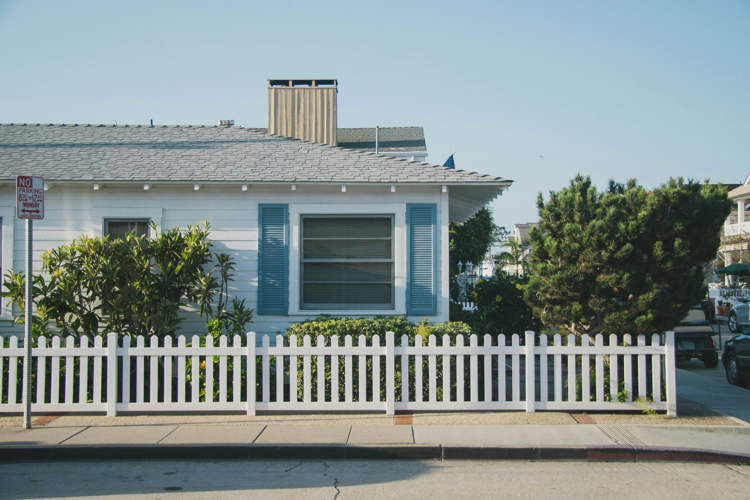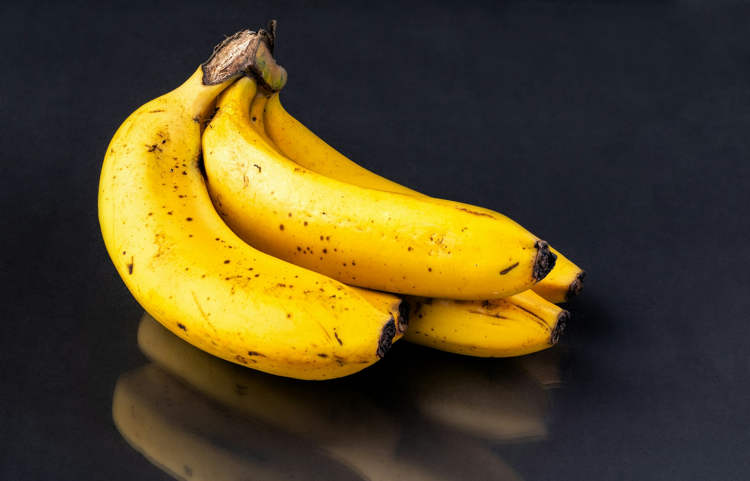A Labrador Retriver called Tubby has helped his owner gather and recycle around 26,000 plastic bottles, in the last six years. The canine’s efforts did not go unnoticed, as Guinness offered him a spot in their famous book of records, for the most bottles recycled by a dog.
Tubby and his owners live in Pontnewydd, Wales – one of the best performing recycling authorities in the country, and it’s no wonder, considering both people and pets like to lend a hand…or paw. On every one of his two daily walks, Tubby picks up at least three plastic bottles, crushes them with his teeth, and brings them to his owner, Sandra Gilmore. She says Tubby has had a nose for plastic bottles ever since he was a young pup. He would crawl under things, jump into bushes and even leap into water to fetch the bottles.
Sandra suspects her beloved Labrador loves to collect plastic bottles because of the sound they make as he bites down on them, but regardless of the reason, Tubby has proven his commitment to making our planet greener. Come to think of it, the fact that he likes to chew on them makes recyclers’ lives a lot easier, as the bottles are already crushed.
Miss Gilmore tries to do her part as far as recycling is concerned, and she admits Tubby has helped her quite a bit. During the six years that he’s been “on the job”, he managed to collect 26,000 plastic bottles. I’d say his Guinness Records mention for the “most plastic bottles collected by a dog” is well deserved. Still, it’s pretty sad that dog does more for the environment than most humans bother to.





















